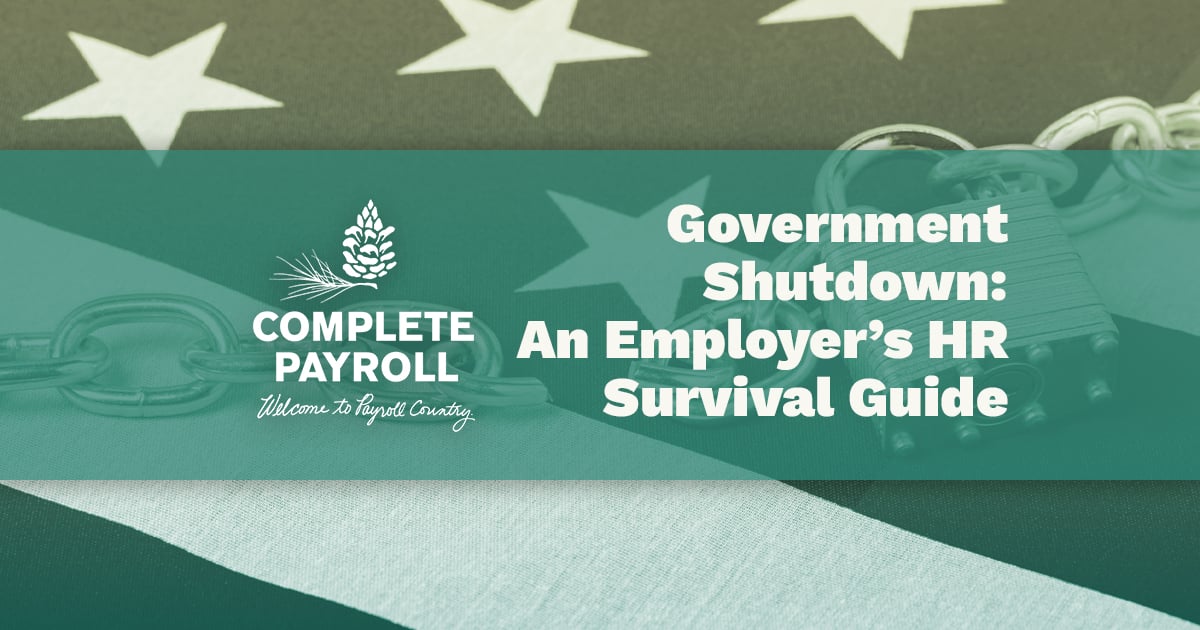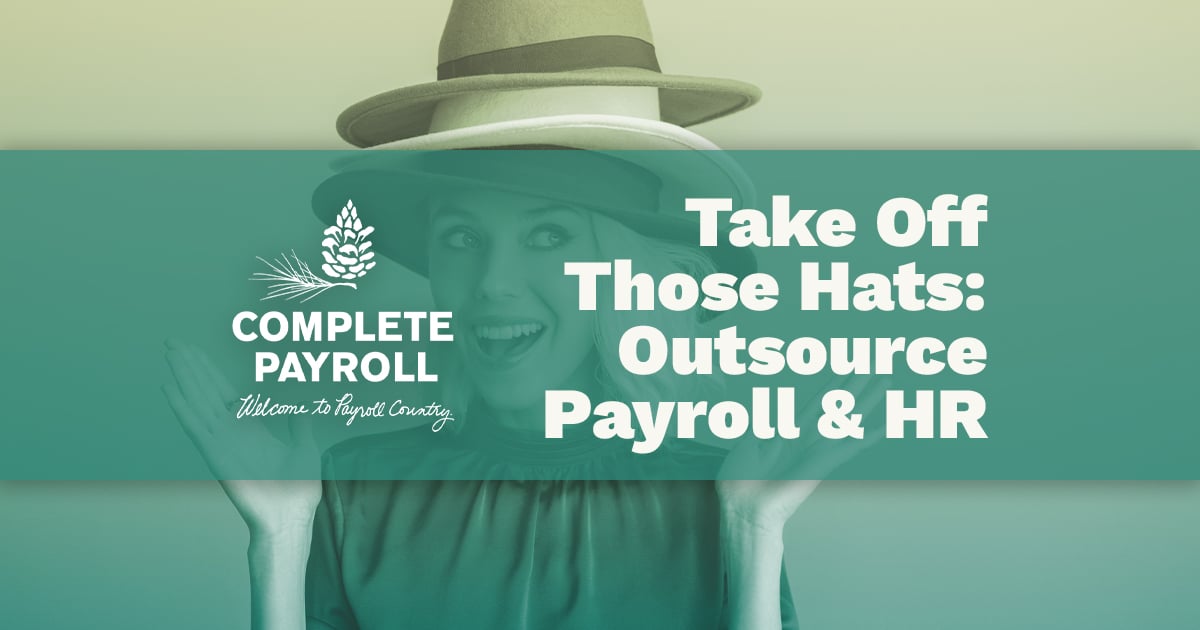
How do you communicate with employees?
That’s a complicated question, far too complex for a simple answer. “Sometimes I email them!” doesn’t really encompass the breadth and depth of employee communications. This sometimes means that we leave our communication processes unexamined. After all, why bother trying to investigate something with so many moving parts?
Still, there are some best practices that it makes sense to be aware of. While your situation will naturally be unique, incorporating these into your work will help you to communicate in a way that benefits you, your employees, and your organization as a whole.
Share when you can, but know when you shouldn’t
In general, it’s best to manage through information. When lower-level employees aren’t given a clear understanding of what’s happening outside of their immediate roles, their effectiveness is reduced.
A call center employee who has been given a broader context for the data that they’re gathering about clients might be able to come up with a better, more efficient script, while one who doesn’t know anything about the department’s strategy because it’s not necessary to do their job doesn’t have the tools needed to innovate or improvise as necessary. Similarly, understanding what the broader purpose of one’s work increases motivation and morale.
On the other hand there are times when information is over-shared. An employee who is struggling with accuracy should be given the opportunity to learn that the quality of their work is problematic without the additional concern of public humiliation. Company-wide emails about “some people” making errors with names omitted are rarely a good idea. Focus on helping people to improve (or letting them go, if need be), rather than on relying on peer pressure and social shaming to do the hard work of management on your behalf.
Keep excellent records
The more people your business employs, the more critical this becomes. Misunderstandings are most likely to occur when there is no formal record of a given conversation. Investing in systems that track communications automatically and that enable you to quickly and easily record notes from in-person or phone based meetings will greatly aid in this process.
Make answers to important questions freely available
Have seven different people come to your HR office in the last month asking about when open enrollment for health benefits begins? Do people frequently run into trouble with the formatting of a particularly critical document? Even if you covered this information in a training or an email, it’s worth making this information easy for employees to access in a public space (either digital or physical).
If you have a human capital management platform or intranet, this is a good place to start. A shared drive will do in a pinch. (Don’t forget to protect the documents in question so that they can’t accidentally be changed or deleted!)
This isn’t to say that you shouldn’t answer frequent questions! After all, just because they’re repetitive to you doesn’t mean they’re not new questions to the askers. But you can feel free to answer briefly (if possible) and add “Most of this kind of information is available on [location], so check there first if you have further questions.”
It may take some time, but (IF you are diligent about keeping important information available and up-to-date) this will eventually help employees become more self-sufficient.
Be consistent with your communications
If employees know that you typically call when there’s something urgent that needs to be addressed, don’t be surprised if they don’t respond as quickly to an email or instant message. If they typically get a reminder the day before a mandatory training, don’t assume that putting it on the calendar is suddenly sufficient.
Consistency in communications matters a lot, and this includes methods, timing, and tone. Does this mean never changing how you communicate with employees? Of course not. Technologies change, organizational structures shift, and goals evolve. But using established patterns and channels to communicate upcoming changes will help to ease transitions and secure better buy-in from people at all levels of the company.
Make sure communication flows in both directions
Employees should be able to collaborate effectively, and this doesn’t just mean people in a single team or at a particular level. Ensure that there are clearly established methods for people to get in contact with one another, share data, and track their conversation over time.
Too often, communication is from managers to their employees, but never flows back from the workers on the ground to those in leadership roles. Don’t let knowledge stagnate due to a lack of established communication channels.
Information flows best through a unified system.
Human capital management platforms allow businesses to make use of a wide variety of communication methods without having to manage multiple isolated systems. General announcements, shared documents, data tracking, requests, and individual communications can all be managed under one wider umbrella. Does this sound like something that would interest your organization? If it does, get in touch to learn how we can help you start exploring how to implement human capital management in your organization.
Our complete guide on Human Capital Management is a comprehensive resource about how effective HCM helps organizations manage their workforce more effectively. Whether you're interested in seeing an HCM platform or just want to learn more about the practice of Human Capital Management, this page is for you.
More Blog Posts about HCM Topics:
- How Human Resource Management is Improved with an HCM Platform
- How New Hire Onboarding is Improved with an HCM Platform
- The Benefits of Implementing a Human Capital Management System
- How Recruitment Management is Improved with an HCM Platform
- What to Consider When Choosing an HCM Software Platform
- How Employee Benefits Management is Improved with an HCM Platform
- What is Human Capital Management?
- Best Practices for Employee Applicant Tracking
- How Reporting and Analytics is Improved with an HCM Platform
- About Applicant Tracking and its Benefit to HR Managers
- How Self-Service Portals and Improved with an HCM Platform
- How Performance Management is Improved with an HCM Platform
- Employee Training Programs - Best Practices for Employers


















 Get Instant Blog Notifications
Get Instant Blog Notifications


%20Need%20to%20Know%20about%20the%20New%20I-9.jpg)